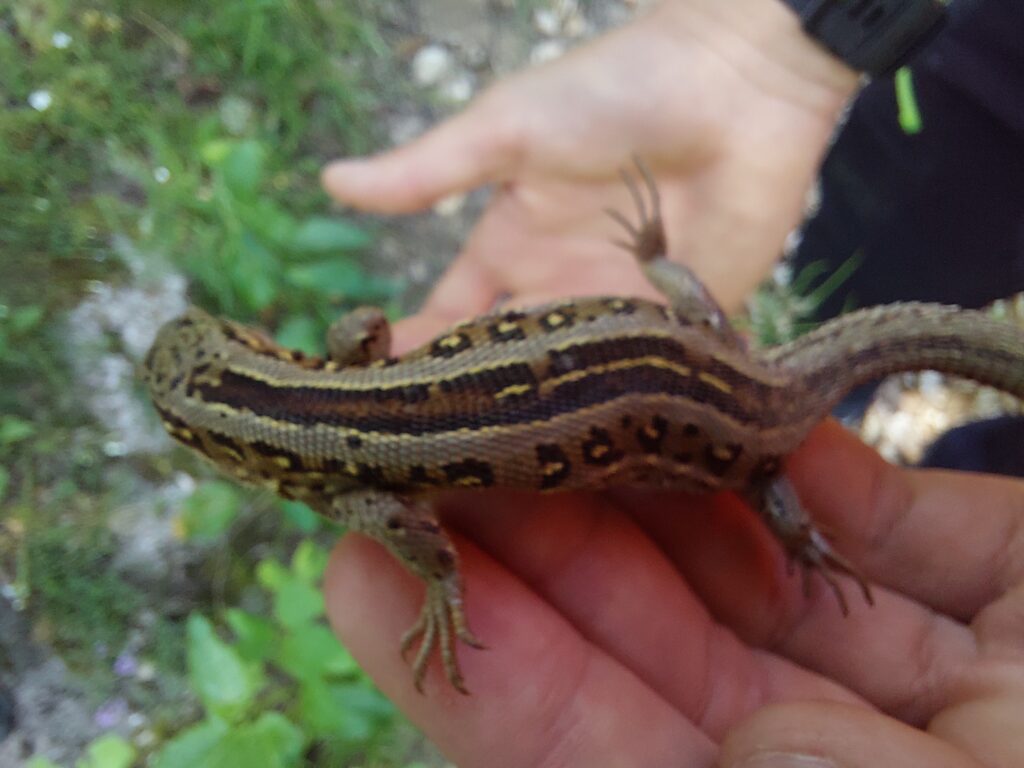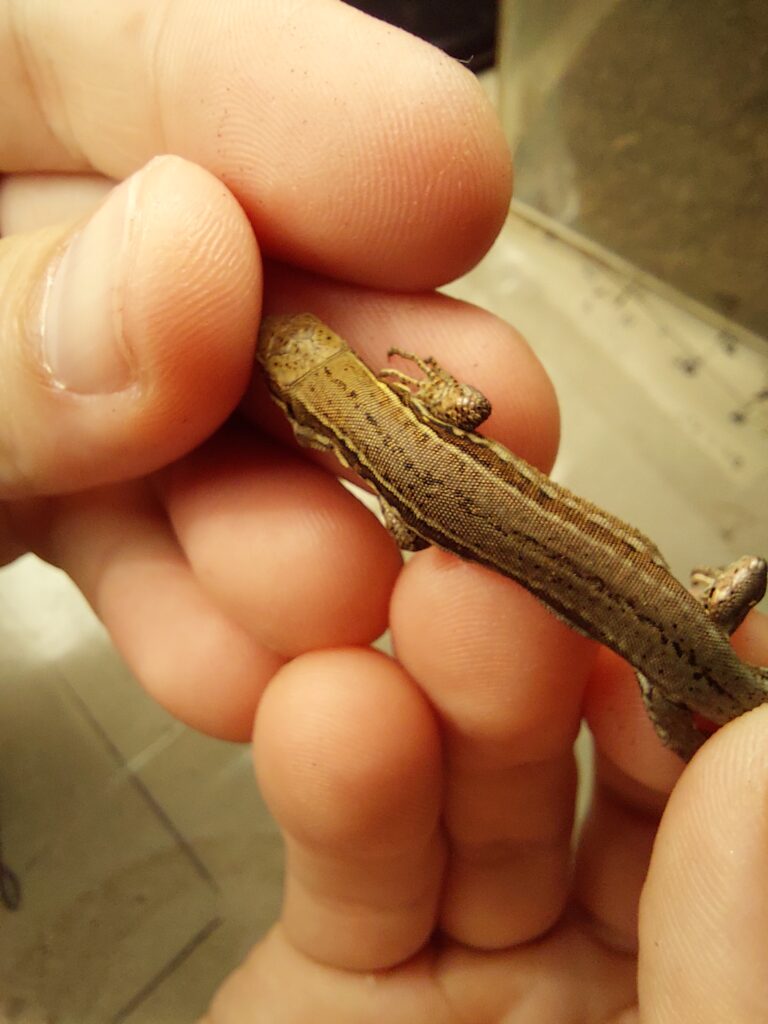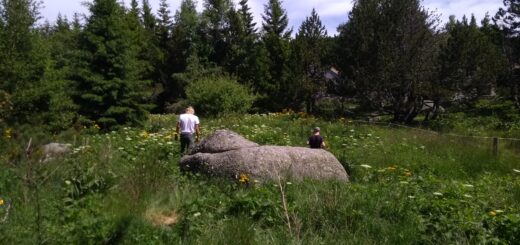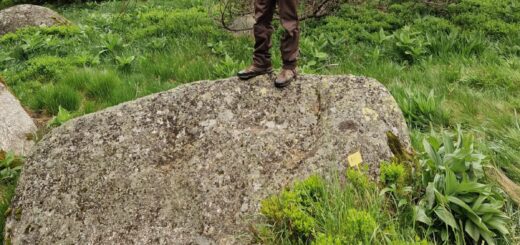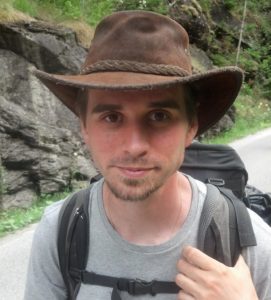Label and funding for the fieldwork!
This year, I finally managed to obtain long-term funding for the fieldwork, which finally puts it in a safe place for at least 5 years, and even more!
Money, money, money
One of the most important news of the summer is that our survey of the common lizard populations in the Cévennes has been officially labelled “Long-Term Survey of Life” by the National Institute for Ecology and Environment (INEE), the Department of CNRS dedicated to… well, environment and ecology. This an extremely nice initiative from INEE to select long-term surveys, of important value, and secure their existence by funding them on the long-term. It means that, in theory, the INEE will keep providing funding for the common lizard survey in the Cévennes for many years to come. As part of this label, we will have to work hard on making the historical data a proper database to submit it to French repositoriese of biodiversity data. Fun times ahead!
But it doesn’t stop here! We also obtain two different grants from the ANR. One of these grants is a “Young Researcher” grant dedicated to the evolutionary predictions that we can make on the surveyed population, while accounting for a more precise knowledge of the genetic architecture of the traits. A second grant is a collaborative one with basically everybody working on the common lizard in France (Jean-François Le Galliard, Sandrine Meylan, Julien Cote, Jean Clobert & Olivier Lourdais), aiming at understanding the climate-induced tipping points in the life history of common lizard, leading toward population decline. I’ll write some more about those projects when they will be starting!
The problem with grants is that you become hopeless and you apply for everything all at once because you need at least something to work out. And then, by chance, you obtain (almost) everything at once! So, there’s a last one to mention: I’ve been selected to a Junior Chair at the Institut Universitaire de France, which comes with many benefits, among which some yearly funding for 5 years!
So, in the end, what does this all mean? Well, first, it means that the common lizard survey in the Cévennes is now in a very good spot: every administrative authorisation is in order for a few years before renewals are required and funding has been acquired for at least the five years to come (and more, thanks to the incredible INEE initiative to support long-term surveys!). Second, it means that new exciting projects are going to start this year, exploring both the genetics/genomics and the evolutionary ecology of our common lizard population (again, more about this in a few months when the projects are going to start).
OK, but what about the actual field work this year?
Yes, because all of the above happened during the summer, but the fieldwork did too! Well, fieldwork this year happened smoothly, with efficient capture rates and no out-of-the-ordinary problem.
Something strange however: while breeding dates in 2021 were late because the spring and summer were cold and 2022 was hot, and thus early, by contrast, the year 2023 was quite hot in summer, and yet the breeding dates were almost as delayed as in 2021! This might be due to the relatively cold period we had during the month of May, or other unknown factors?
But in any case, breeding (although late) went well, with a lot of healthy juveniles (see on the left) to be, for the happy few, recruited themselves as breeders in the years to come.
Still, we had quite a surprise this year: for the first time ever, a wall lizard (Podarcis muralis) was spotted in the population. See the picture of this female on the right. It’s quite similar in shape and colouration patterns to the common lizard despite them belonging to different genus. This is a somewhat bad omen, as wall lizards tend to thrive on drier and hotter habitats compared to the common lizard… Whether it is an isolated event, or the start of a trend, is yet to be determined.
We also saw a sand lizard (Lacerta agilis, see below), but they’ve been regularly spotted in the population. This time, it’s very hard to confound with a common lizard, as it is much bigger for a start!




